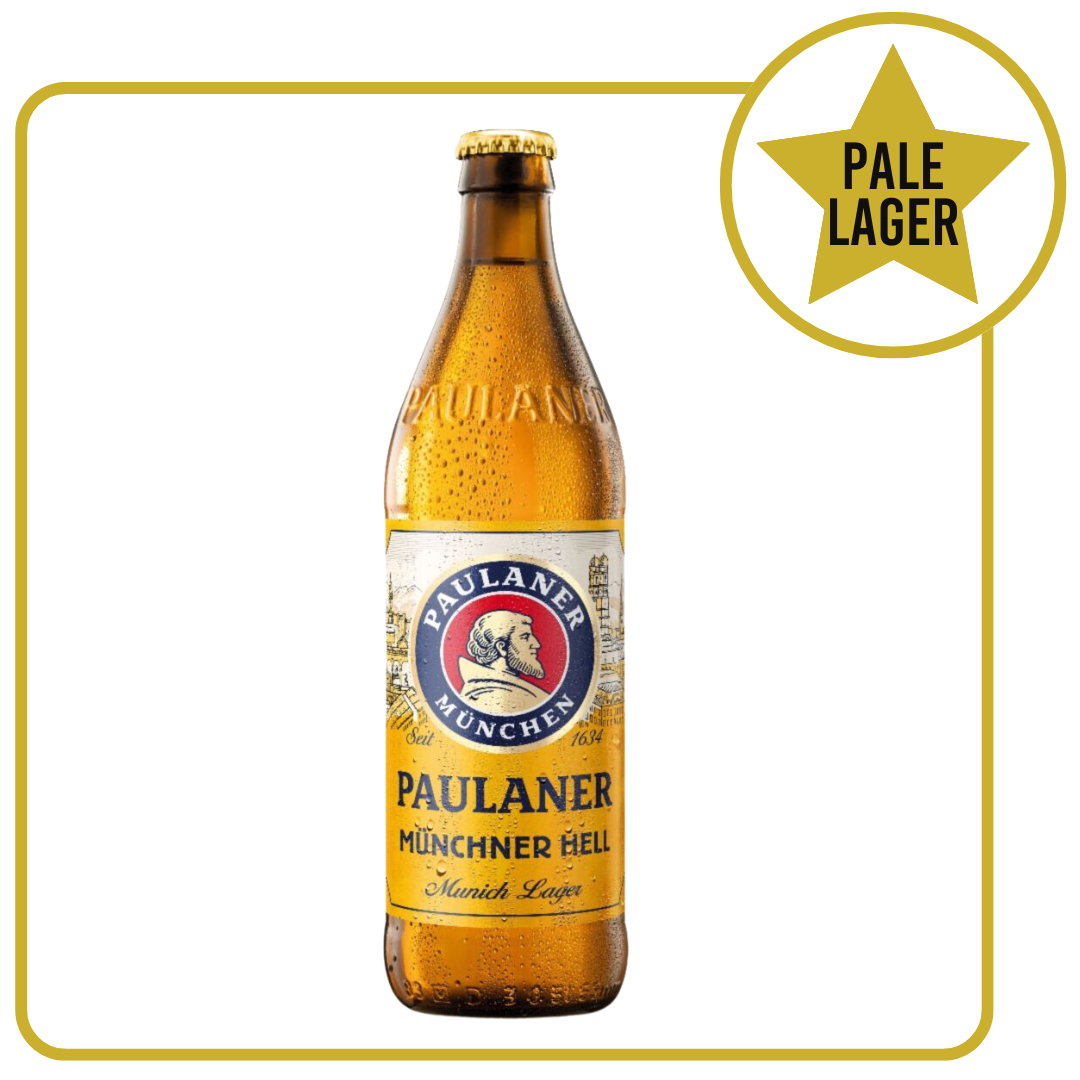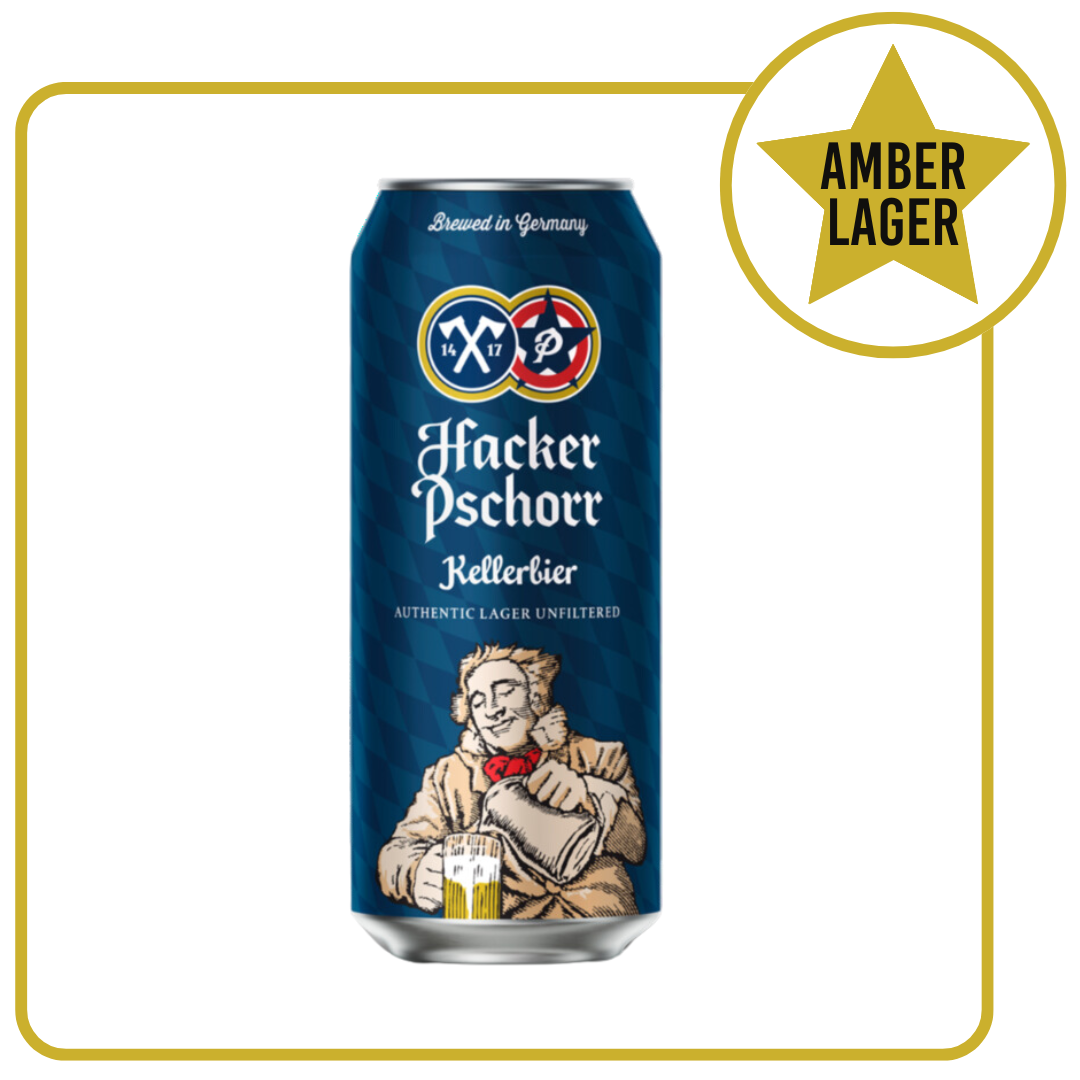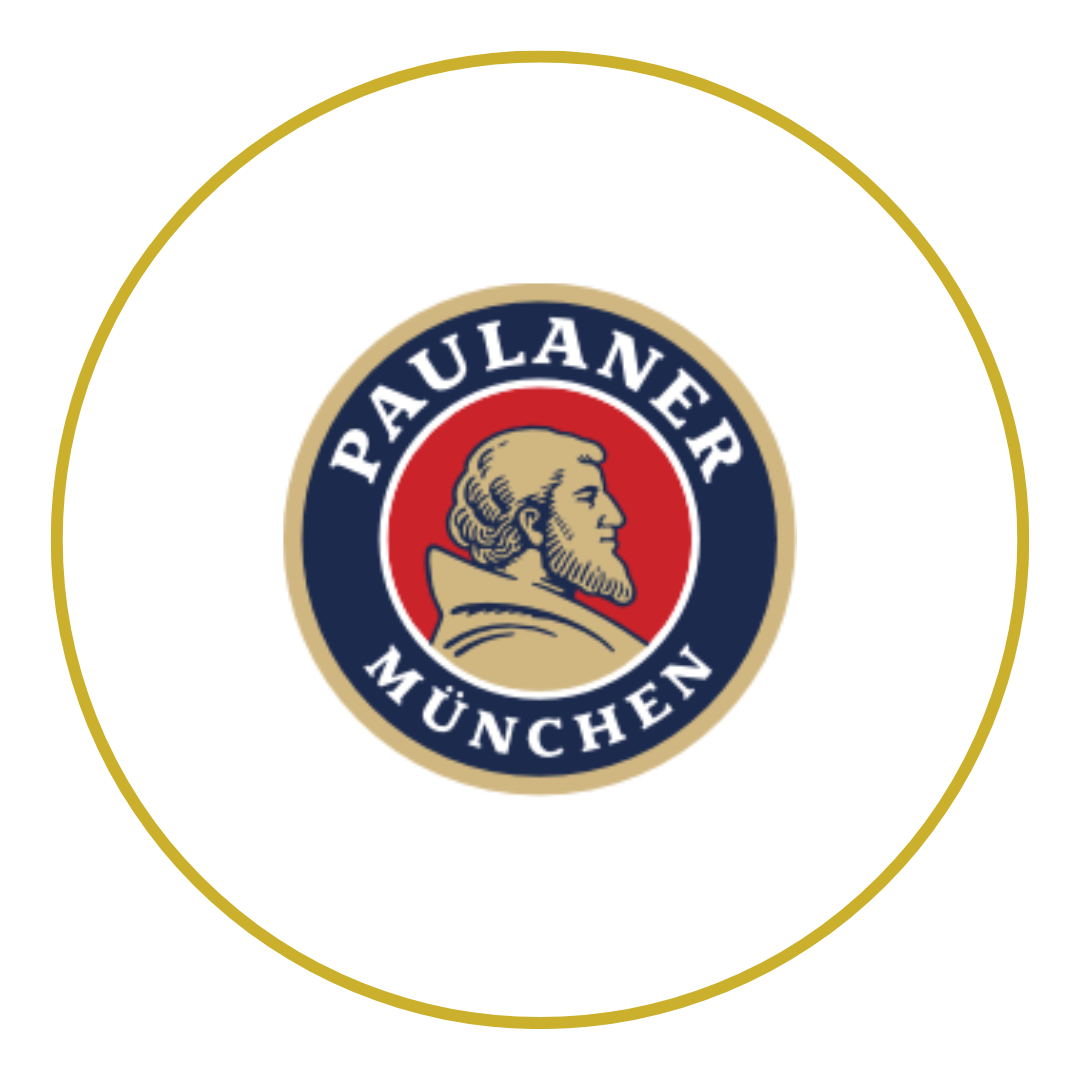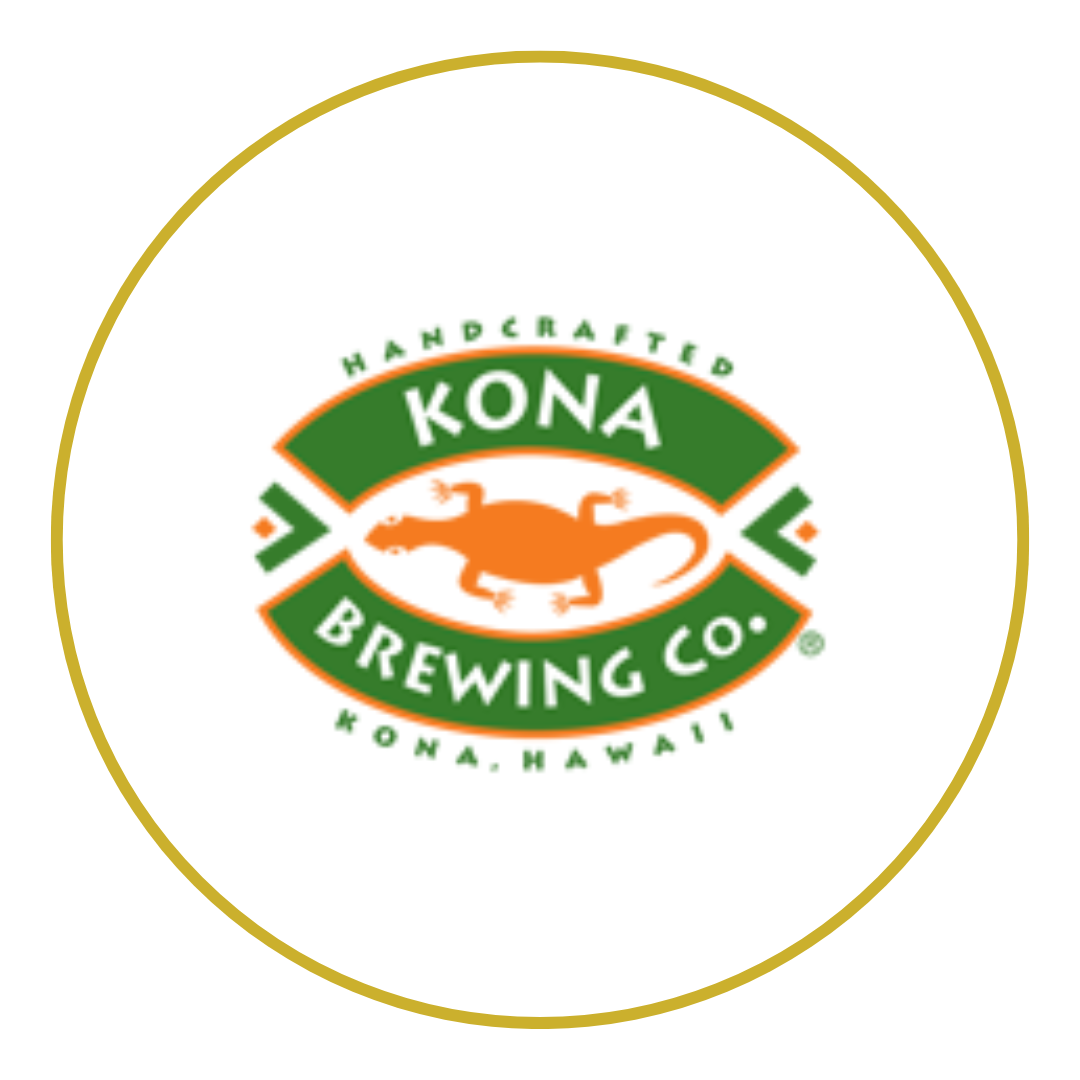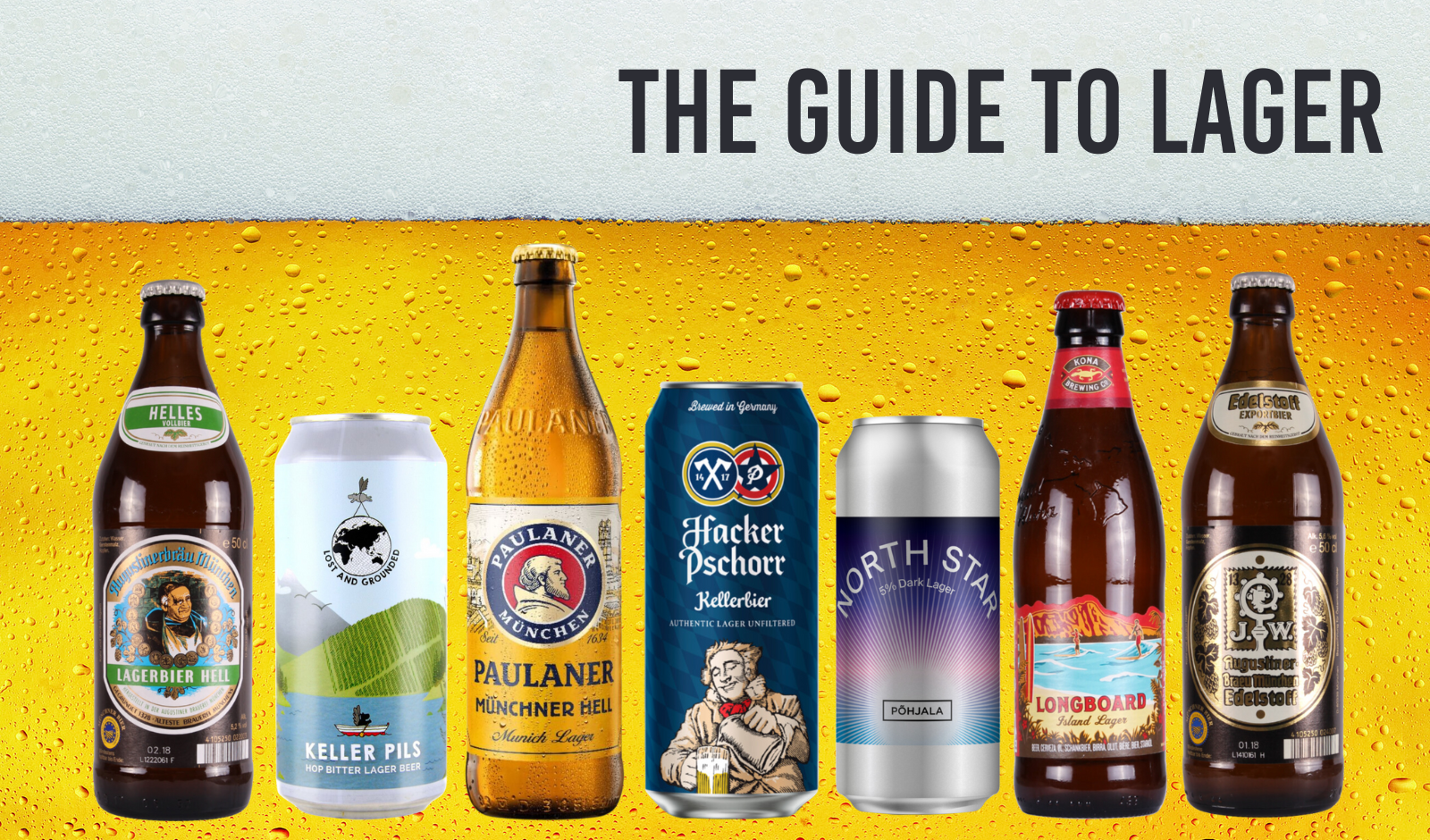

What Makes Lager Unique?
Lager, one of the most popular types of beer in the world, often finds itself compared to its sibling, ale. But what exactly makes lager unique? In this blog, we will dive deep into the world of lager beer, exploring its history, what sets it apart from ale, and which popular brands you can find at Beer Merchants. We'll also look at how to best enjoy a refreshing lager, including some perfect meal pairings.
What Is Lager?
Lager is a type of beer that is fermented and conditioned at low temperatures. The term "lager" comes from the German word "lagern," which means "to store." This name reflects the traditional practice of storing beer in cool cellars to mature. Lager yeast (Saccharomyces pastorianus) ferments at cooler temperatures, typically between 45-55°F (7-13°C), and settles at the bottom of the fermentation vessel, making it a bottom-fermented beer. This brewing process results in a clean, crisp taste that differentiates lager from other types of beer.
Lager beer is characterised by its light, clear appearance, although there are many variations, including pale lagers, dark lagers, and amber lagers. Each type of lager has its own distinct flavour profile, ranging from light and refreshing to rich and malty.
Here’s the top pale, dark and amber lagers stocked here at Beer Merchants;
Where It All Began: The History of Lager
The history of lager beer dates back to the 15th century in the region of Bavaria (now part of Germany). Brewers in this area discovered that fermenting beer at lower temperatures during the cold winter months resulted in a different kind of beer, one that was smoother and less prone to spoilage. This method of brewing lager gained popularity, leading to the development of specific strains of lager yeast suited for colder fermentation.
The 19th century saw a significant evolution in lager brewing, particularly with the advent of refrigeration technology. This allowed for consistent production of lager year-round, not just in the winter months. One notable figure in the history of lager is Gabriel Sedlmayr, a Bavarian brewer who helped refine the lager brewing process. His contributions, along with those of Anton Dreher from Austria, spread the popularity of lager across Europe and eventually to the United States.
By the late 19th and early 20th centuries, lager had become the dominant beer style in many parts of the world, largely due to its clean and approachable flavour profile. Today, lager remains one of the most consumed types of beer globally.
How Is Lager Different From Ale?
The primary difference between lager and ale lies in the type of yeast used and the fermentation process. As mentioned earlier, lager uses bottom-fermenting yeast (Saccharomyces pastorianus) and ferments at lower temperatures. In contrast, ale uses top-fermenting yeast (Saccharomyces cerevisiae) and ferments at warmer temperatures, typically between 60-75°F (15-24°C).
This difference in fermentation temperatures and yeast types results in distinct flavour profiles. Lagers are known for their clean, crisp taste with subtle flavours that make them highly refreshing. Ales, on the other hand, often have more pronounced, robust flavours with a wider range of fruity and spicy notes due to the higher fermentation temperatures.
Additionally, lagers generally require a longer maturation period than ales. The cold fermentation and ageing process, known as "lagering," allows unwanted compounds to settle and produces a smoother, more refined beer.
Popular Brands of Lager
When it comes to popular lager brands, Beer Merchants offers a fantastic selection that showcases the diversity and appeal of this beer style.
Here are a few noteworthy brands you might want to explore:
1. Augustiner Lagerbier Hell
Augustiner Lagerbier Hell is a light, full-flavoured lager that is smooth and slightly sweet with a subtle hop bitterness. It is brewed according to the Reinheitsgebot (German Beer Purity Law), ensuring high quality and traditional brewing methods. This lager is known for its drinkability and well-rounded flavour profile.
2. Paulaner Münchner Hell
Paulaner Münchner Hell is a classic Munich Helles lager that showcases a bright, straw-yellow colour and a smooth, malty flavour. It is less bitter than a typical pilsner, offering a mild and sweet taste with a clean finish. This lager is a testament to the brewing traditions of Bavaria, providing a rich and enjoyable drinking experience.
3. Kona Longboard Lager
One of the standout features of Kona Longboard Lager is its light and malty flavour profile. This lager is brewed with a special blend of hops and malts that give it a balanced taste that is sure to please even the most discerning beer drinkers. The smooth finish of this lager makes it a great option for pairing with a wide range of foods, from BBQ to seafood.
These brands represent just a small sample of the wide variety of lagers available at Beer Merchants. Each brand offers a unique take on the lager style, providing options for every palate.
How to Serve Lager
Serving lager properly can enhance its flavour and overall drinking experience. Here are some tips on how to serve lager and what meals they pair well with:
Serving Tips
- Temperature: Lagers are best served cold, typically between 38-45°F (3-7°C). This temperature range ensures the beer is refreshing and brings out its crisp flavours.
- Glassware: Use a clean, tall glass like a pilsner glass or a stein to serve lager. These glasses help showcase the beer's clarity and carbonation while enhancing the drinking experience.
- Pouring: When pouring lager, tilt the glass at a 45-degree angle and pour the beer slowly down the side. As the glass fills, gradually straighten it to create a small head of foam.
Food Pairings
- Pale Lager: Light and crisp, pale lagers like Paulaner Munich Helles pair well with grilled chicken, seafood, and salads. Their subtle bitterness cuts through the richness of these dishes, providing a refreshing balance.
- Amber Lager: With their maltier profile, amber lagers, such as Hacker Pschorr Keller, go well with heartier fare such as roasted meats, burgers, and sausages. The malt sweetness complements the savoury flavours, creating a satisfying combination.
- Dark Lager: Rich and flavorful, dark lagers are perfect with robust dishes like barbecue, stews, and smoked meats. Their deeper flavours can stand up to the intensity of these foods, enhancing the overall taste experience.
- Spicy Cuisine: Lagers also pair wonderfully with spicy foods. The crispness of the beer helps to cool the palate and balance the heat of dishes like tacos, curries, and spicy wings.


Lager stands out in the world of beer for its clean, crisp taste and diverse range of styles. From its historical roots in Bavaria to its global dominance today, lager has evolved to become a beloved beer choice for many. Understanding what makes lager unique—its brewing process, yeast, and fermentation temperature—can deepen your appreciation for this refreshing beer.
Whether you're a long-time lager fan or new to exploring this beer style, Beer Merchants offers a fantastic selection of popular lager brands that cater to all tastes. And with the right serving techniques and food pairings, you can elevate your lager-drinking experience to new heights.
So next time you reach for a beer, consider trying a lager. Its refreshing qualities and versatility might just make it your new favourite. Cheers!


